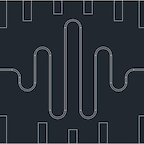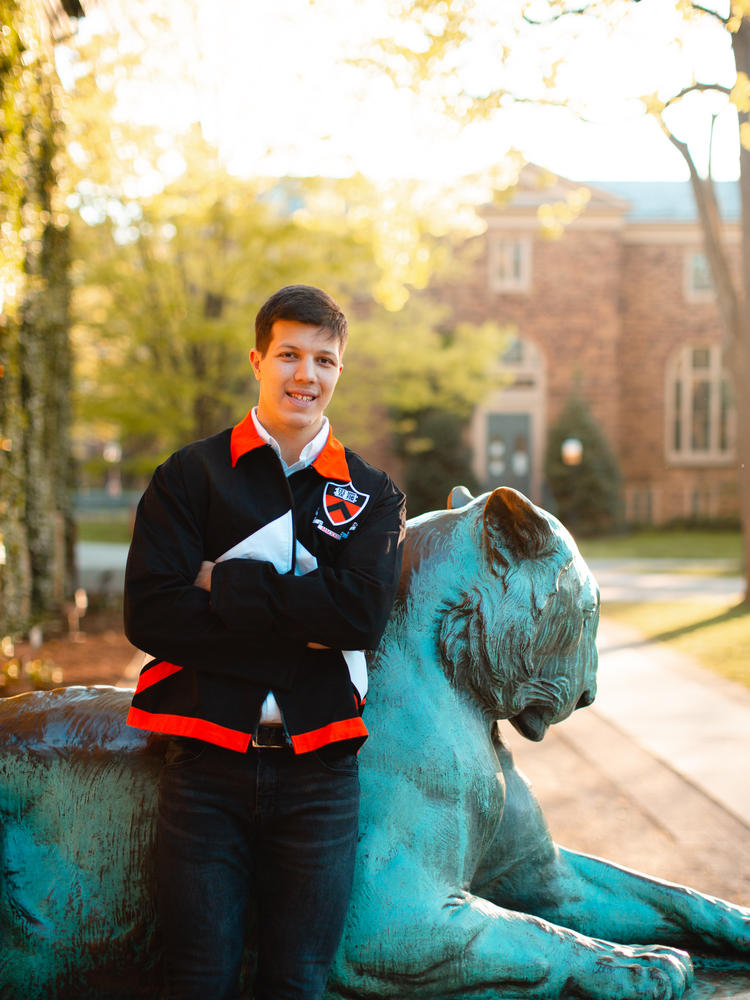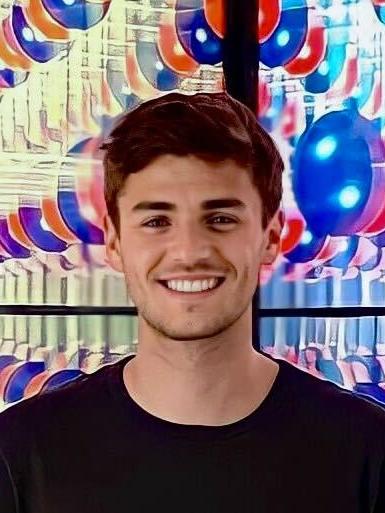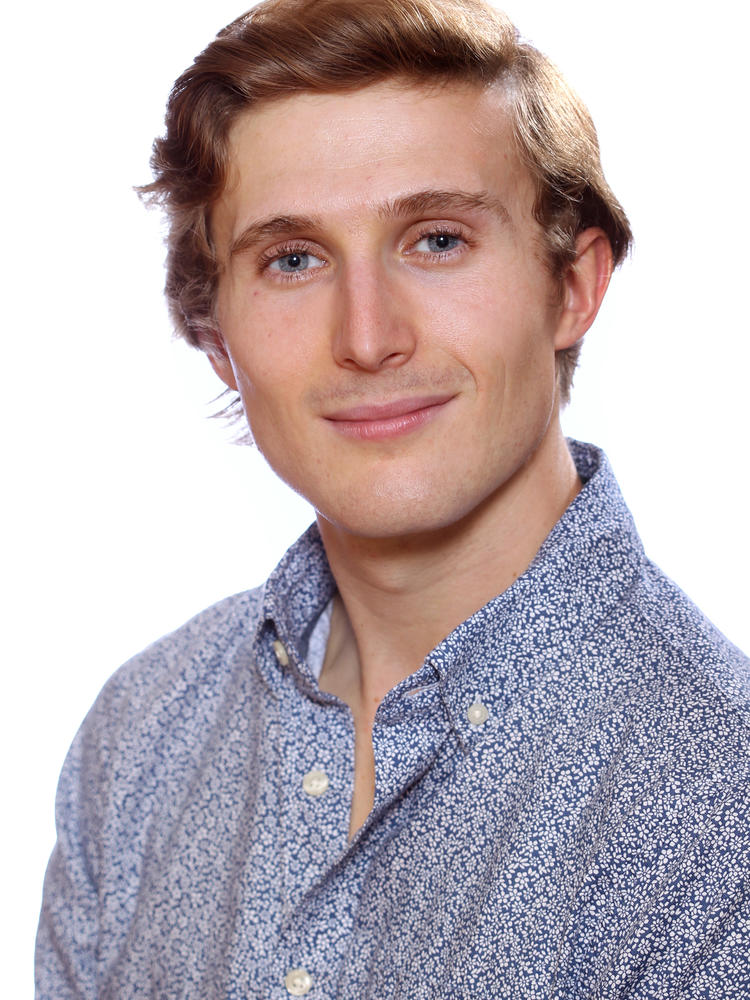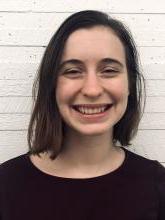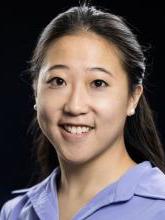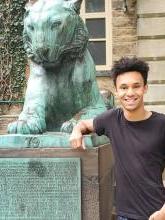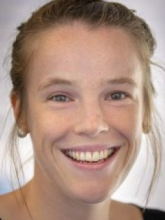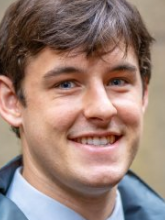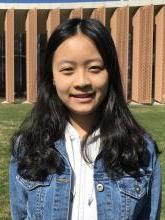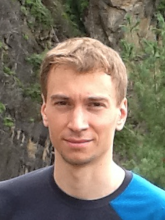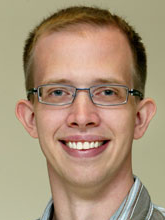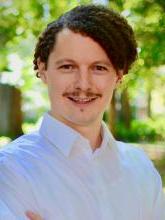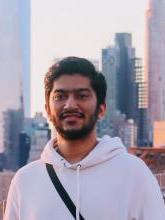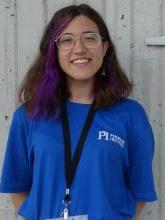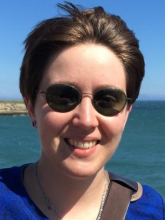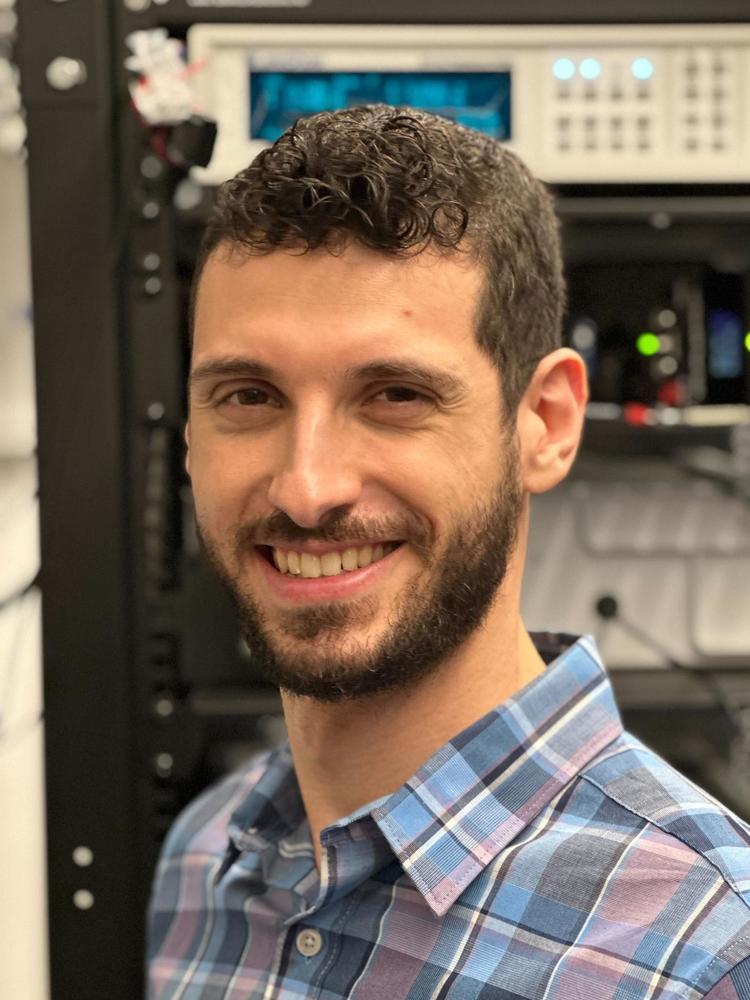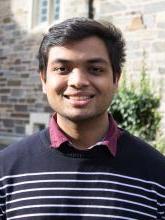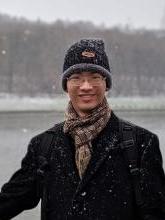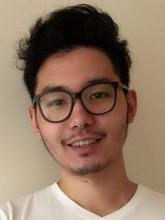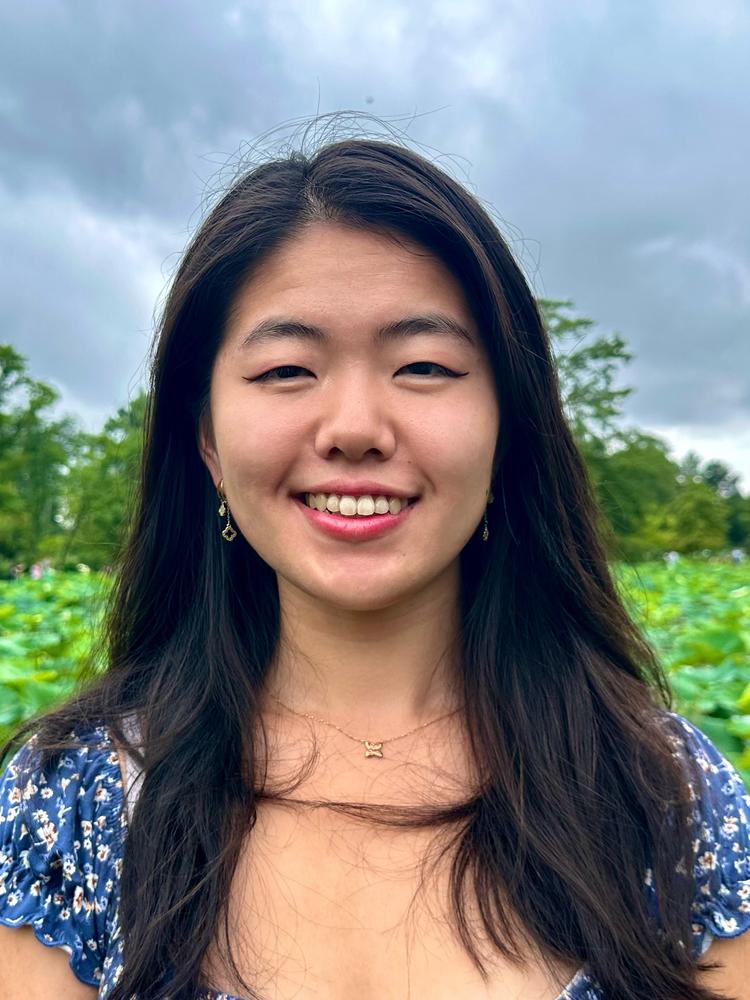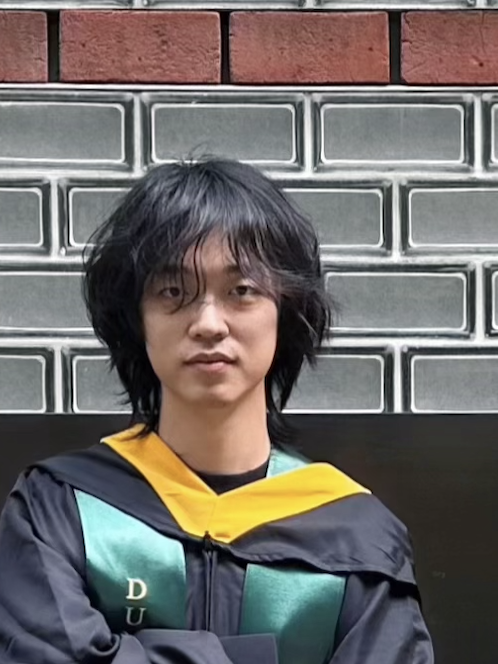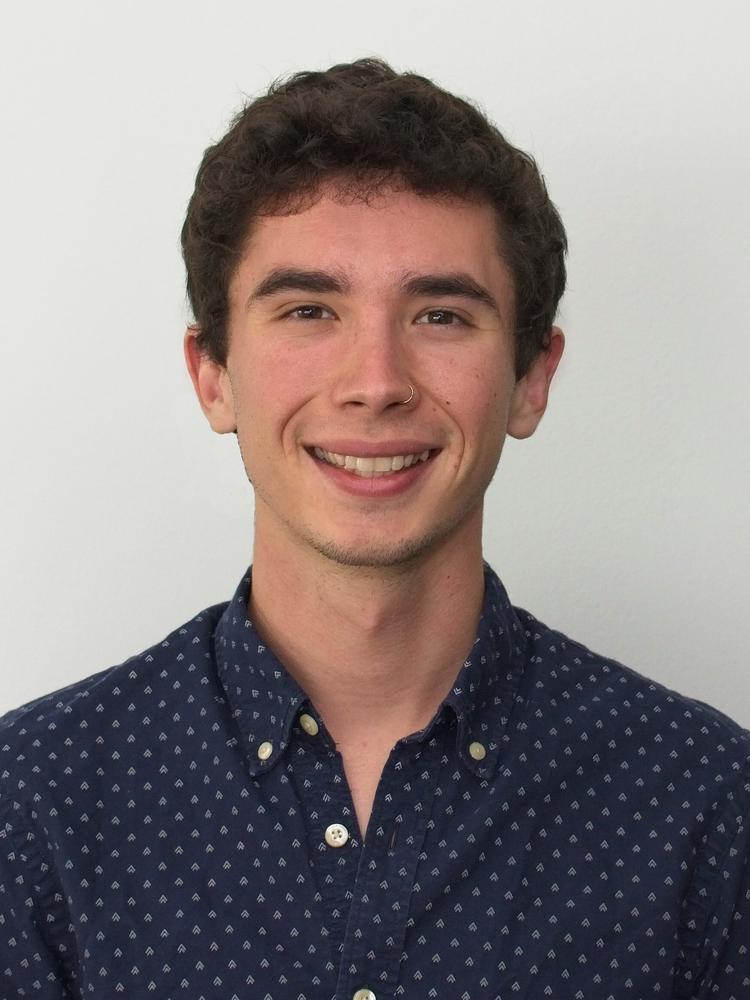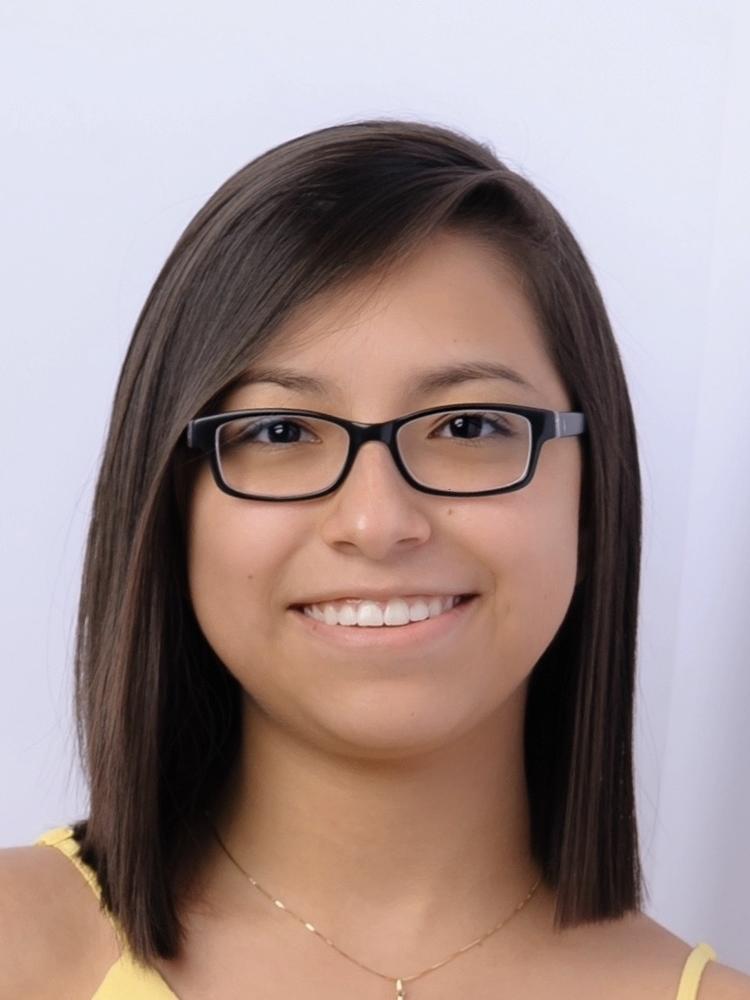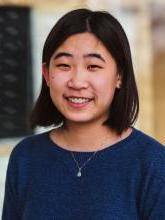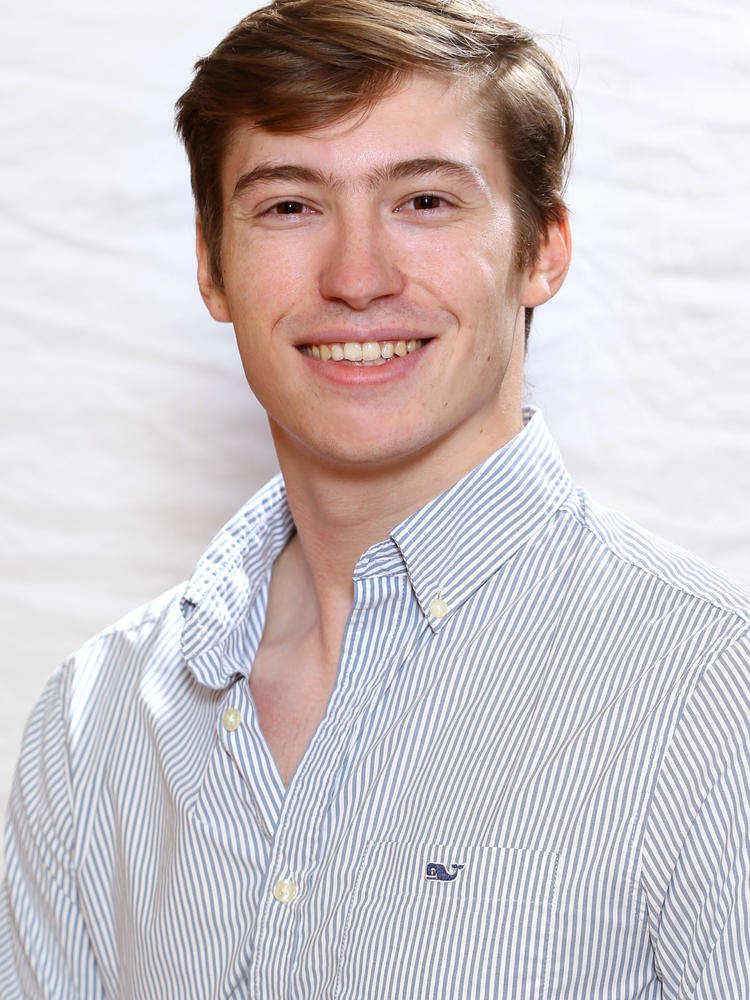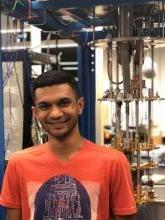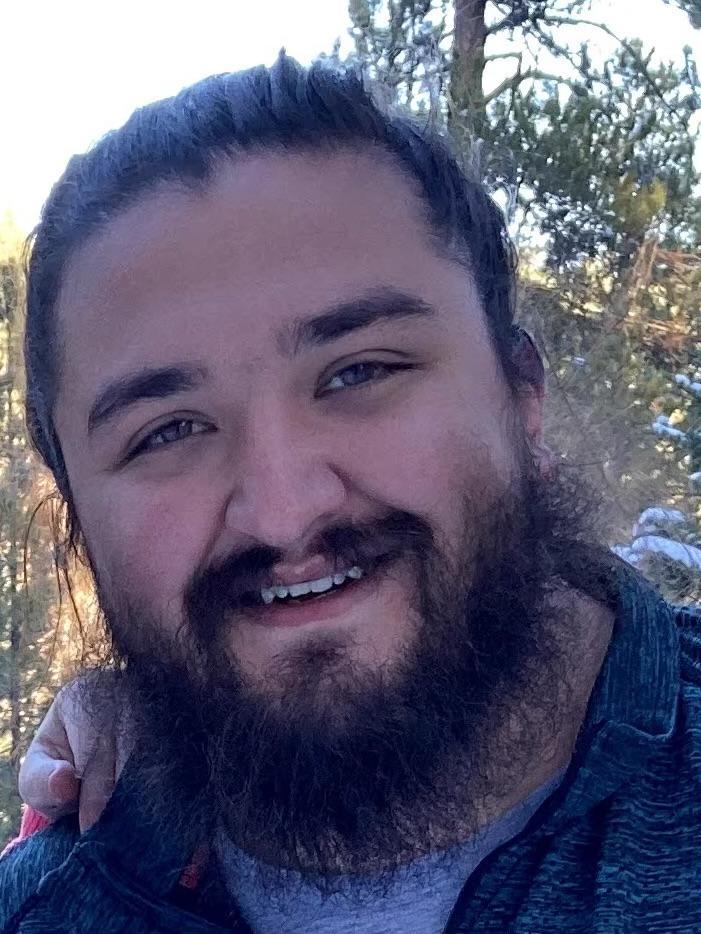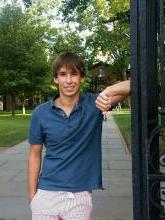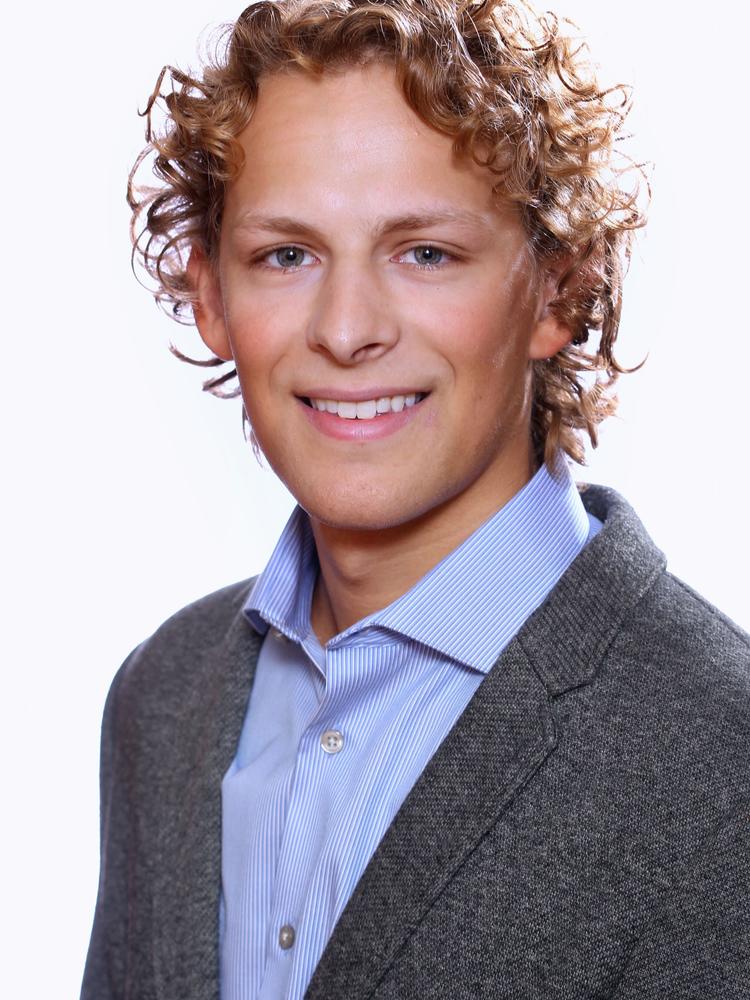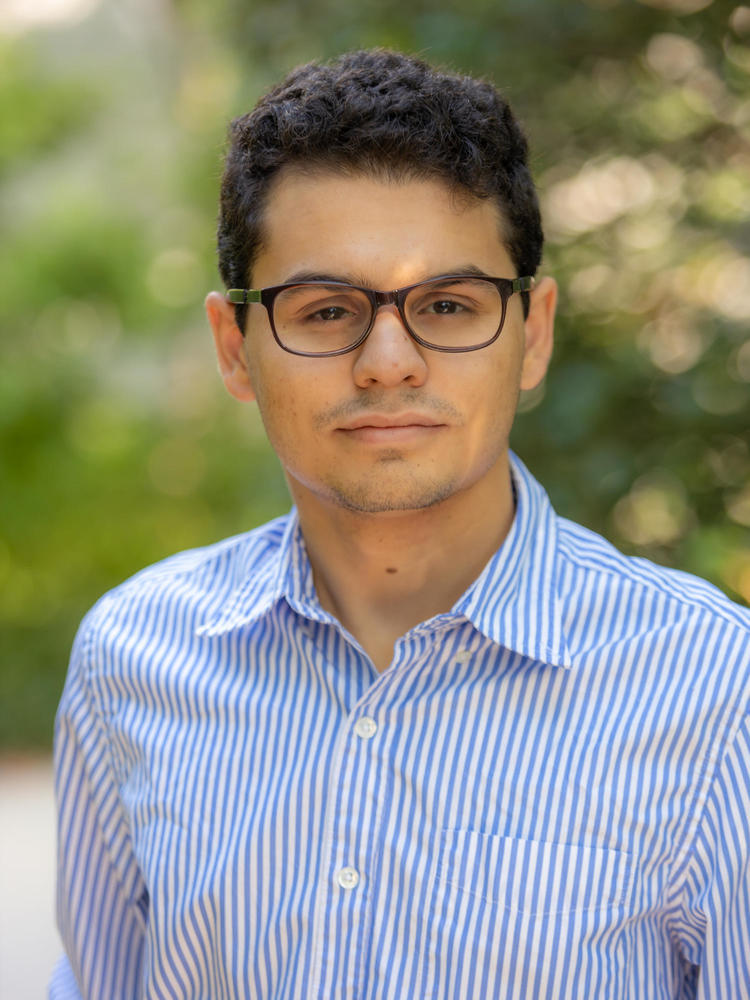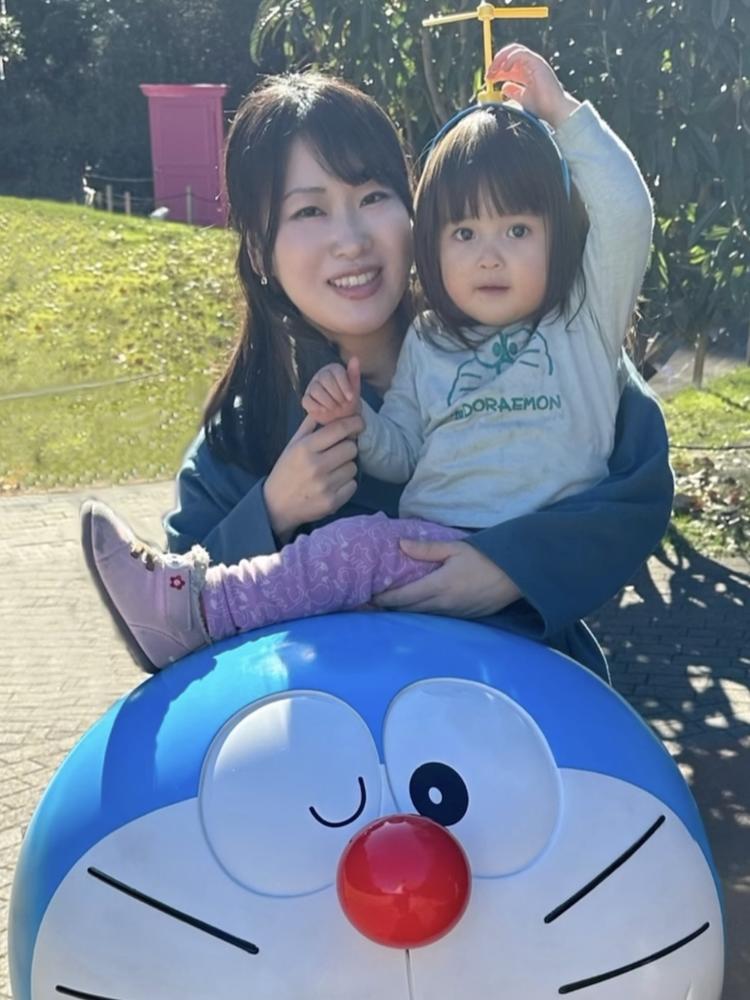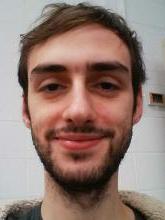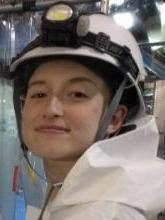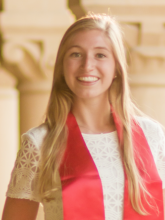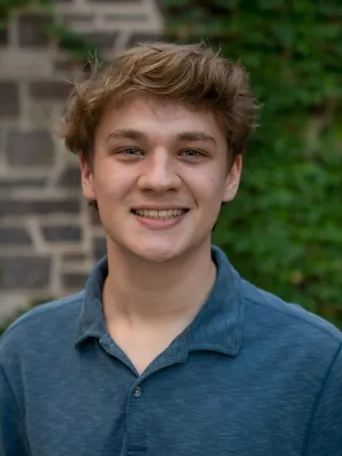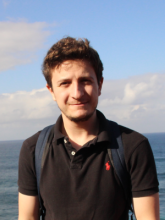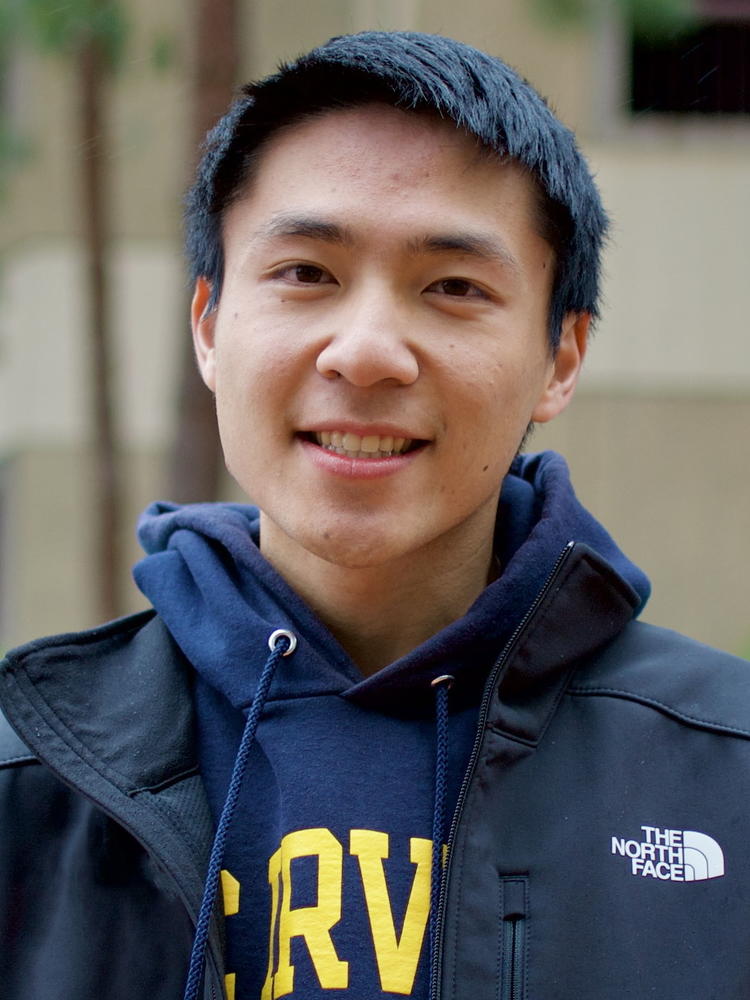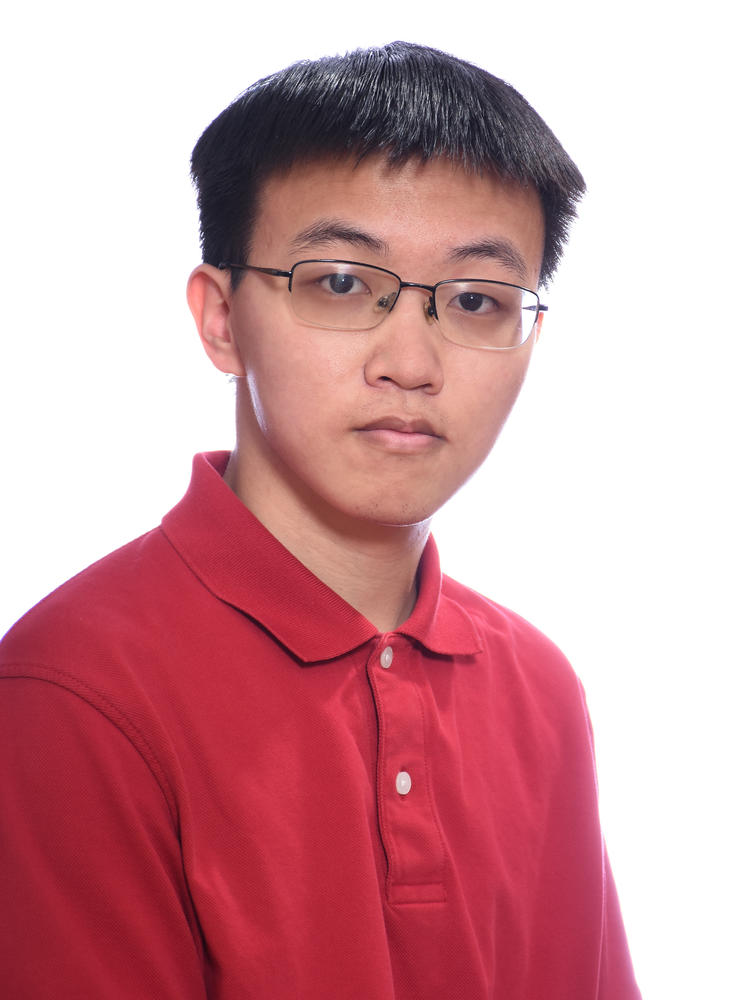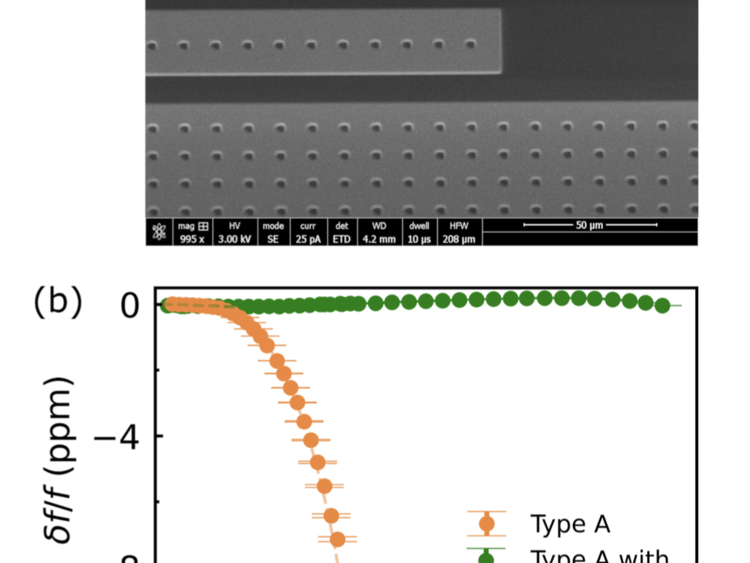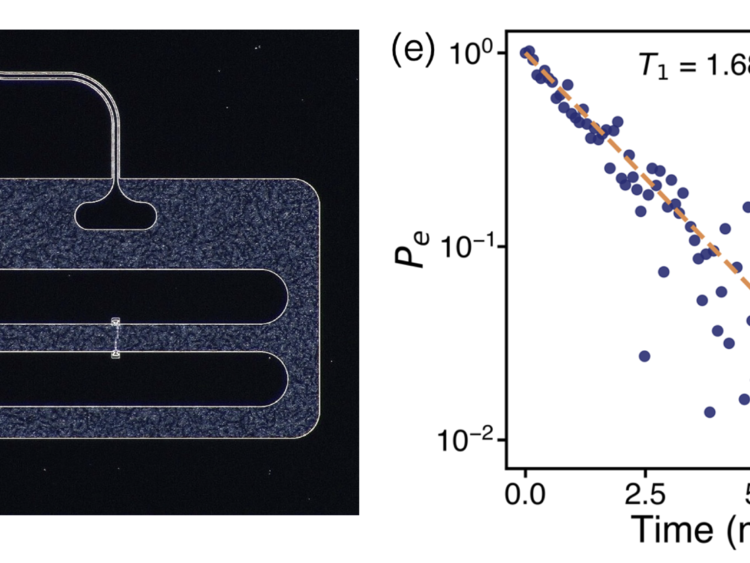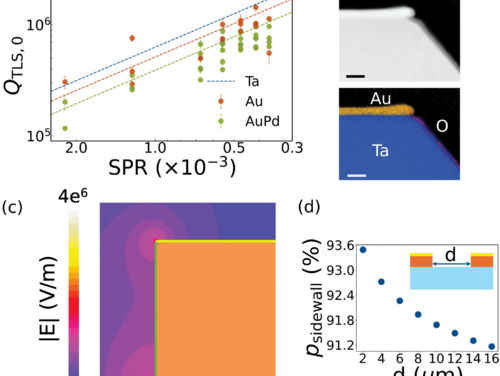Cosmin is a master student in ECE from Romania. He completed his undergraduate studies at Princeton as a Physics major. He is a part of the protected qubits team. Outside of the lab Cosmin dances with BodyHype dance company, plays badminton and loves trying out new restaurants in the Princeton area.
Harsh majored in Electrical Engineering with a focus in Quantum Information, along with certificates in Engineering Physics, Applied Math, and Computer Science.
His work includes characterizing fabrication techniques for Tantalum-based circuits and developing surface treatment recipe for sapphire, to reduce two level system…
Matthew is a third year graduate student working to improve the coherence times of superconducting qubits through materials-based advancements and device architecture. He grew up in Northern Virginia and received his B.S. in Materials Science and Engineering from Northwestern University. In his free time, he likes to play soccer, travel,…
Jake was a member of the lab since 2018 and is from Wilmington NC. he completed his bachelors at the University of California, Berkeley majoring in physics. He researches the fluxonium qubit investigating the effects of time-dependent flux as well as methods to improve and understand the coherence life time.
Outside of the lab Jake…
Annie majored in Physics. She is studied line-graph lattices which are realizable using superconducting circuits to simulate condensed matter systems.
Annie is also got a certificate in French, and enjoys reading, cooking, being outside, and playing with animals in her free time.
Christie was a Princeton Materials Science Postdoctoral Fellow exploring novel lattice geometries to study condensed matter systems with superconducting circuits. She completed her graduate work on Markus Greiner's Fermi gas microscope probing the Hubbard model with ultracold lithium atoms in an optical lattice.
Jeremiah is a fourth year graduate student working on fabricating novel junctions, such as quantum phase slip wires, with spinodal materials for new protected qubits. He is from Los Angeles, CA and enjoys playing all types of games from spikeball and volleyball to board games and videogames. Beach days are also his favorite days.
Marius was an undergraduate in the Houck Lab from 2013-2014 and worked on lattice circuit QED systems. He went on to become a graduate student at Yale and currently works as a risk associate at Goldman Sachs
Xanthe is currently a professor at the University of Sydney Australia. Xanthe was a Dicke Fellow originally from Australia. Her research was focussed on protected superconducting qubits. She completed her PhD at the University of Sydney, where she worked on scalable readout and coupling schemes for GaAs-based spin qubits. When not in lab, she…
Kevin was a member of the lab since 2021 and originally is from San Rafael, CA. He received his B.S. in Physics from the University of California, San Diego, and is currently working to improve the coherence times of superconducting qubits generally. In his free time he likes to take shade under the rolling hills of the Pacific Ocean.
Joonas was our first undergraduate from 2009-2010. He worked on ultrastrong coupling in cQED in both theory and experiment. He went on to become a graduate student in Helsinki.
Charlie is from Fort Wayne, Indiana and got his bachelors in applied physics at Purdue University. He was a member of the lab since 2021 and graduated with a PhD in Physics. He worked on engineering novel couplers for transmon qubits and benchmarking two qubit gates.Outside the lab he likes to rock climb, read sci-fi, and cook.
Tom comes from sunny Southern California. He became a member of the lab since 2017 and worked on topologically protected qubits. He loves baking bread and loafing around.
Anthony Hoffman is a former postdoc who helped build the lab from 2008-2011. He is now a professor at Notre Dame, working on quantum terahertz devices. He loves angry birds and hates 7.22 GHz.
Quantum mechanics has played an ever-increasing role in electronics over the past several decades. At first, materials and devices were introduced that were designed with quantum mechanical principles, but still operated on classical information (for example, the silicon transistor). More recently, devices have been developed to store and…
Parth is a fifth year graduate student originating from Mumbai, India. He is currently working on developing architectures that protect qubit from environmental noise. He is looking into the optimization of the fluxonium qubit that also provides disjoint support. In his free time, he enjoys photography, late-night walks and yoga.
Lev is an experimental physicist studying superconducting qubits in the group of Andrew Houck. Lev is currently working on using fluxonium qubits for noise spectrometry. During his Ph.D., he worked on improving scalability and coherence of superconducting microwave resonators, as well as on characterising their material sources of loss.
Shashwat is a fourth-year graduate student in ECE from Bijnor, India. He completed his bachelor's and master's degrees in Physics from the Indian Institute of Science Education and Research, Mohali, India, in 2021. He's working on a parametric gate architecture for non-standard gates on transmon qubits. He's also working on novel qubit designs…
Jocelyn is a second year graduate student from McLean, VA. She received her B.S. in Electrical Engineering from the University of Southern California, and is currently working on fluxonium qubits and broadly interested in engineering novel error-protected devices. In her free time, she enjoys painting, weightlifting, and traveling (and is also…
Zhengyi is a first year graduate student working on two qubit gates. He completed his bachelor's degrees in Physics and ECE at Rice University in 2024. He currently works on non-standard gates using tunable couplers. Outside of the lab he loves traveling and exploring cultures around the world.
Jeronimo is a fifth year graduate student on the quantum simulation side of the group working on realizing Bose-Hubbard lattices with flatbands using superconducting circuits. He grew up in Miami, Florida but is originally from Mexico and really enjoys the deer, foxes, and large trees of Princeton. In his free time he enjoys rock climbing,…
Elizabeth is a fourth year Electrical and Computer Engineering student hailing from Tampa, FL. Over the summer, she did some research with solid state and molecular qubits at the University of Chicago; currently, however, she’s interested in learning more about superconducting qubits here in the Houck Lab. She enjoys stargazing, baking cookies,…
Matthew is a third year graduate student from Greenwich, CT. He completed his B.S. in Applied Physics from Columbia University and is now working with the quantum simulation group to explore superconducting qubit lattices in the Bose-Hubbard model. Outside the lab, he enjoys board games, soccer, and rock climbing.
Andrew is a (theory) Postdoctoral Research Associate from Arkansas, USA. He completed his Ph. D. under the supervision of Andrew Lucas where he studied topics in mathematical physics including locality bounds, classical fracton dynamics, and circuit quantization. Andrew spends most of his free time reading books, playing video games, or going…
Anjali is PhD graduate from the Houck Lab who defended in the summer of 2023. She is from Pittsburgh, PA and she did her undergraduate studies in Applied Physics at Caltech. She enjoys singing and dancing, especially to Taylor Swift songs. Her favorite season is summer, and her favorite ice cream is dark chocolate. She is exploring 0-pi and…
Henry is a third year graduate student from Fairfield CT. He completed his bachelors at Dartmouth College majoring in physics. He currently works on two qubit gates. Outside of the lab he collects vinyl and loves to ski.
Ciro is a first-year graduate student in QSE from NYC. He currently works on applications of graph theory to flat-band physics. Outside of the lab, he enjoys playing guitar, reading, and going to the movies.
Nana was a PQI Postdoctoral Fellow originally from Tokyo, Japan. Her research focused on exploring new material systems to improve coherence of superconducting qubits. In her Ph.D., she worked in Hasan lab to study the electronic and magnetic structures and properties in various topological systems using scanning tunneling microscopy.
Basil joined the Houck Lab in 2017. He worked on the quantum simulation side of the group, researching nonlinear physics in high kinetic inductance resonator lattices. He further worked on quantization, simulation and synthesis of superconducting circuit models.
Sara is was a member of the lab since 2018 and was working on two-qubit gates and RFSOC based qubit control. Outside of lab she enjoys exploring new places, running and hanging out with friends.
Devin is now a member of the research staff at HRL.
Thomas is a fourth year undergraduate student originally from Matthews, North Carolina. He is currently working to improve transmon qubit coherence times. His current project involves the design, fabrication, and measurement of low frequency transmon qubits. In his free time, he plays jazz trombone, performs guitar/electronic music, and hosts a…
Joshua is a second-year graduate student from Fremont, California who received his B.S. in Physics from the University of California, Irvine. In the Houck lab, he is working on developing superconducting circuits for exploring interesting physics through quantum simulation. Outside of research, Joshua also enjoys reading, exploring cities,…
Ambrose is a first year graduate student from Potomac, Maryland. He is currently working on materials improvements to increase the coherence times of superconducting qubits. Outside the lab, he enjoys listening to music, playing ultimate Frisbee, and taking walks to explore the local Princeton area.
Tony Zhu was an undergraduate in our group from 2010-2011. He worked on breaking time reveral symmetry in superconducting devices and, thankfully, didn't break much else. He is now a graduate student at MIT.

